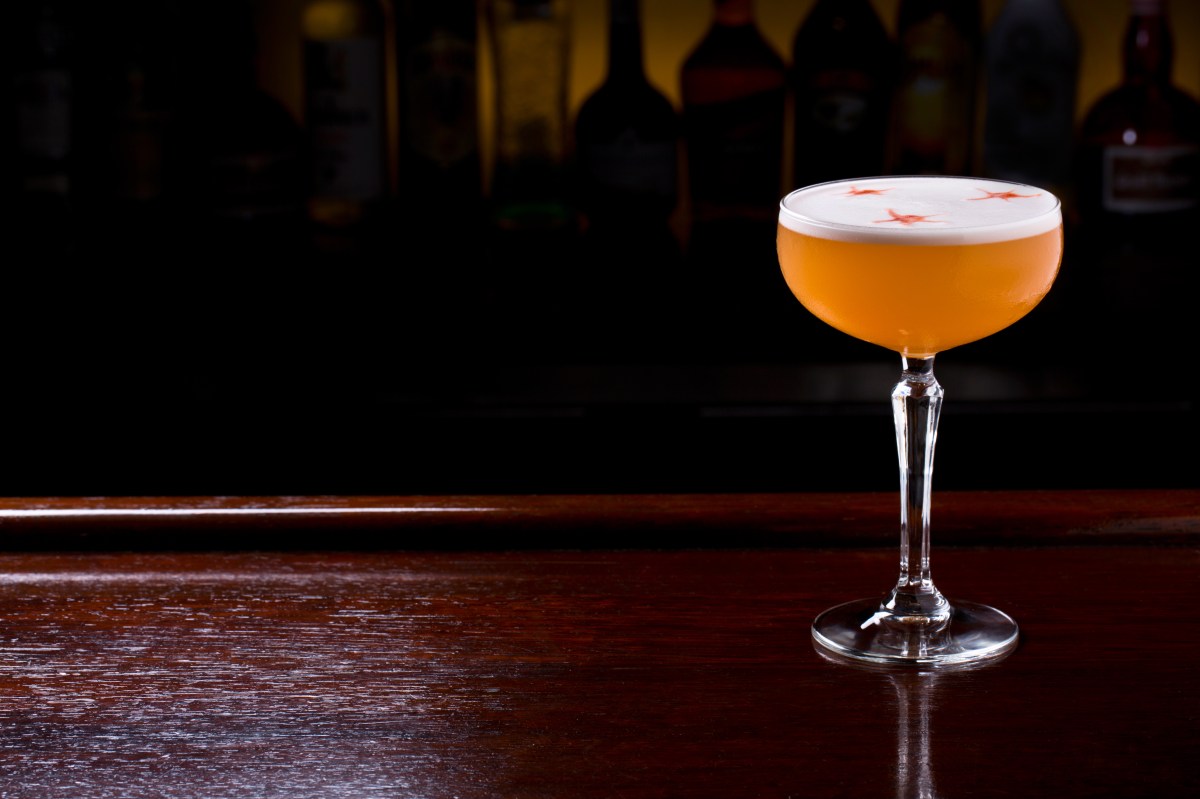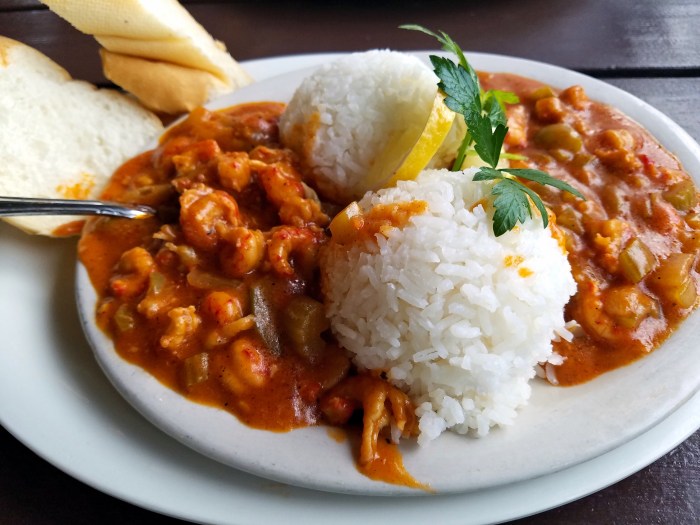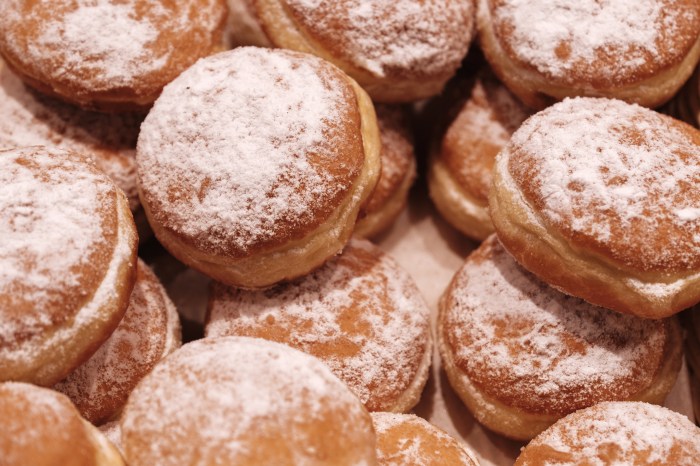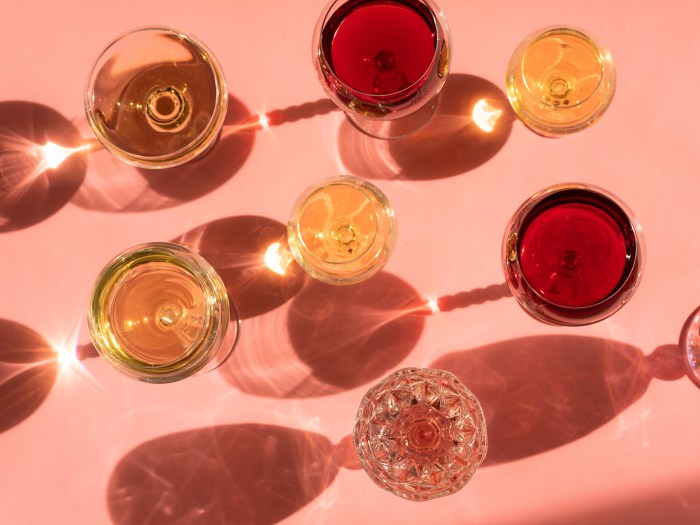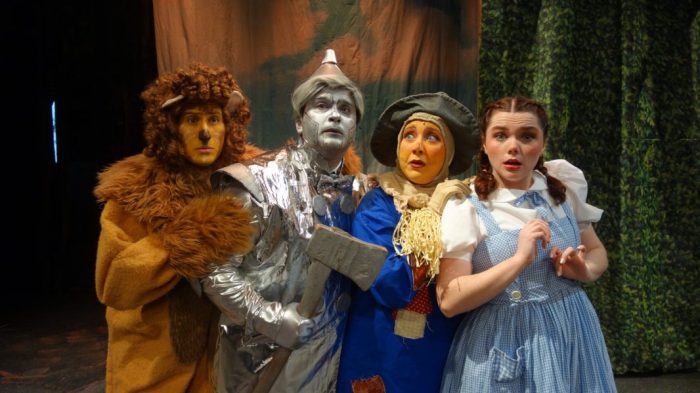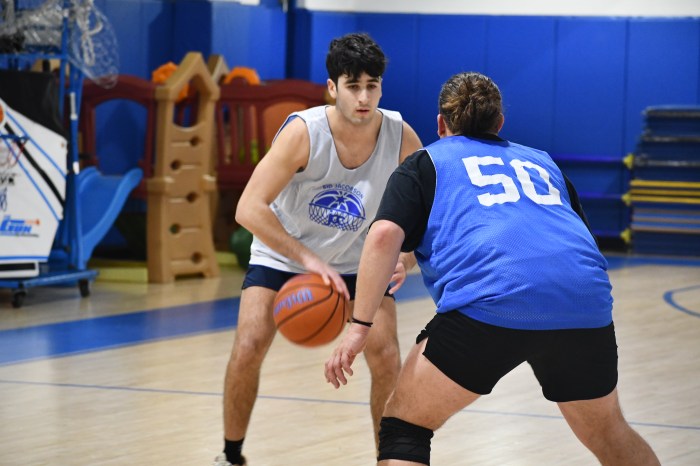Harry’s New York Bar in Paris is famous for having concocted dozens of classic cocktails over the years, including the Bloody Mary, the Monkey Gland and the French 75.
Some of the stories are even true. One that is decidedly not is the tale of the Sidecar, which perfectly blends orange liqueur, lemon juice and cognac into a warming, trusty-old-friend of a drink that’s perfect for fall evenings and football afternoons.
(As with all old friends, a little caution is not misplaced. They can steal up on you.)
Harry’s owner Harry MacElhone initially credited the Sidecar to Pat MacGarry, the bartender at Buck’s Club in London during the Jazz Age, but the recipe apparently proved too popular not to crib. By the time Harry’s book “Barflies and Cocktails” came out in 1927, MacElhone was claiming the drink’s invention was all his.
That story remained unchallenged until 1948, when American attorney David Embury published his authoritative “The Fine Art of Making Drinks,” in which he gave credit to an American army captain stationed in Paris during World War I and linked the drink’s name to the motorcycle and sidecar the officer purportedly rode.
Embury’s version has long since been debunked by the drinking establishment, which maintains that the Sidecar is really an offshoot of a 19th Century New Orleans drink called the Brandy Crusta, which combined cognac and orange curaçao with a few splashes of bitters, lemon juice and simple syrup.
And the name? Many mixologists note that “sidecar” is bar slang for the glass of extra drink you get when the bartender over-mixes for the size of the regular serving glass. No army officers required.
Origins aside, there remain two competing schools of thought on measurement. The so-called French school calls for equal parts of each of the three ingredients; the English school calls for two shots of cognac to one shot each of triple sec and lemon. Personal variations abound. Reducing the lemon juice to under an ounce is popular; increasing the cognac ratio is even more so.
I’m definitely an English schooler.
Use a good French cognac or California brandy and Cointreau or Grand Marnier, which have sweetness but depth. Your lemon juice should be freshly squeezed, of course. Shake, strain and garnish with orange peel.
The only remaining question is whether you should sugar the rum of your glass, which became popular in the 1930s. Purists eschew the practice because it upsets the drink’s delicate balance of sweet, smoke and citrus, although you can easily adjust the other ingredients to restore balance if you like a sugary lead.
After all, as Crosby Gaige noted in his 1941 classic “сocktail Guide and Ladies’ Companion,” Cocktails, by definition, “are ruled and governed by the caprice and creative instinct of each individual mixer.”
Then sit back and imagine you’re at Harry’s, where – true story – Gershwin used the house piano to compose “An American in Paris” and – less true – the young James Bond lost both his briefcase and virginity in a single night.
I’m betting Sidecars were involved.



